September 30TH Double R Fishing Report "Paraleptophlebia"
Tuesday, September 30, 2014:
In the face of the forecast which called for 17 mile an hour wind, only the strong willed angler fished today. It drizzled for a while this morning but then the rain subsided, the wind waned and the sun came out and illuminated a partly cloudy sky. It was a beautiful fall day for maybe an hour before the slight breeze started to climb to gale force gusts. A few #18 Blue Winged Olives appeared, causing a few trout to rise; no Mahogany Duns were sighted today, much less Callibaetis. When the wind got strong I switched to a #18 Pheasant Tail soft hackle and picked up a single 15 inch Rainbow by swimming the fly parallel to the bank. The forecasted wind came up and that’s all she wrote for the day. Nap time!
MAHOGANY DUNS . . . . ! aka Paraleptophlebia
The relatively large Mahogany Dun mayfly is a welcome blessing each fall after matching our wits with the much smaller Blue Winged Olive and the miniscule Trico. On Silver Creek this mayfly usually tapes out at a size 14 or a size 16. Entomologists tell us that water temperatures need to plunge to 50 degrees for several days before Mahogany Duns will hatch but we don’t achieve those temperatures locally. The daily emergence may start around 10:00 or 11:00 a.m. and can last two, three or more hours, ending between 1:00 and 4:00 p.m. As with most mayflies, Mahogany Dun hatches last longer on cloudy days and even rainy days, and are condensed into a shorter time period on sunny days. Mahogany Dun hatches tend to be on the sparse side unless conditions are optimal.
The distinctive feature of this “crawler” mayfly is that it generally resides and emerges along banks, at current seams, in pools, eddies and along the edges of weed beds. For that reason the beginning of a Mahogany Dun hatch is often not immediately noticed by the angler. But the Mahogany Dun hatch will often prompt larger trout to move into the shallows and sip daintily. It is a prescription for exciting and excellent fishing by the more vigilant angler.
Nymphs.
The Mahogany Dun nymphs will migrate to the edges of the creek, can live in water just inches deep, and may emerge by crawling out on rocks or vegetation. The larger and more mature nymphs tend to rest and browse on rooted vegetation and congregate in calmer water where leaves and other detritus accumulate. The nymphs themselves are such poor swimmers that they may drift a long distance in the current before regaining a hold on the creek’s substrate. Immediately before hatching the nymphs make an awkward swim to the surface; the duns escape the nymphal shuck in, or just under, the surface film. The nymphs may make several trips to the surface before hatching. Thus, there are occasions when fishing a nymph can be productive, including by slowly swimming a brown soft hackle along weed beds and the bank. Effective nymph patterns include: the traditional Pheasant Tail nymph; a Gold Ribbed Hare’s Ear Nymph; a dark Pheasant Tail Soft Hackle; the Western Red Quill Nymph; the Western Blue Quill Nymph.
Emergers.
There are times when the angler will notice “bulging” along the shoreline and has to decide whether the rise form involves trout taking emergers or duns. If you see bubbles in the ring of the rise then observe whether floating duns are being taken or are floating through the feeding lane undisturbed. If the duns are not being intercepted, then the trout are likely feeding on emergers. Try one of a number of standard emerger patterns which hold in the film and have dark gray brown bodies, including the “floating nymph” design. Typical patterns that may be effective in this situation include: the Western Red Quill Floating Nymph; the Western Red Quill Emerger; the Western Blue Quill Floating Nymph; and the Western Blue Quill Emerger. Alternatively, one could simply start with a dun pattern and switch to an emerger pattern if the dun pattern does not produce within a dozen casts to the bulging trout.
Duns.
Duns of this mayfly look like large, slow moving Chinese junks ambling down the creek. Trout will often take hatched Mahogany Duns in preference to more numerous but smaller Blue Winged Olives. One excellent strategy is to drift a dun pattern within 6 inches of the edge of a weed bed or the bank. Due to the fact that the duns hatch in calmer water, it is often beneficial to lengthen one’s leader to 12 to 15 feet and reduce your tippet to 5X or 6X. Productive dun imitations include: the Mahogany Cut Winged Parachute; the Mahogany Sparkle Dun; the Mahogany Thorax Dun; the Mahogany No Hackle; and the Red Quill and Blue Quill, both of which are Catskill types in design.
Spinners.
Spinner falls of the Mahogany Dun can be important to the angler who fishes late in the day. The Mahogany Dun spinners usually swarm in early evening and drop to the water about the time when it becomes difficult to see. Bring your flashlight and reading glasses so that it is not difficult to change spinner patterns. Unlike the other stages of the Mahogany Dun discussed above, the spinner can be fished out in open water with equal success. Two spinner patterns which are effective for just about any mayfly are equally productive when fished at the end of a Mahogany Dun session. The Blue Quill Spinner’s body is constructed from a stripped peacock quill, its wing is fashioned from white hen hackle tips (tied spent or semi-spent), and the hackle is light blue dun, clipped top and bottom. The Red Quill Spinner’s body is from a reddish-brown dyed hackle stem, its wings are made from white hen hackle tips (tied spent or semi-spent), and brown hackle is used, clipped top and bottom.
Doug Andres
Stream Keeper
